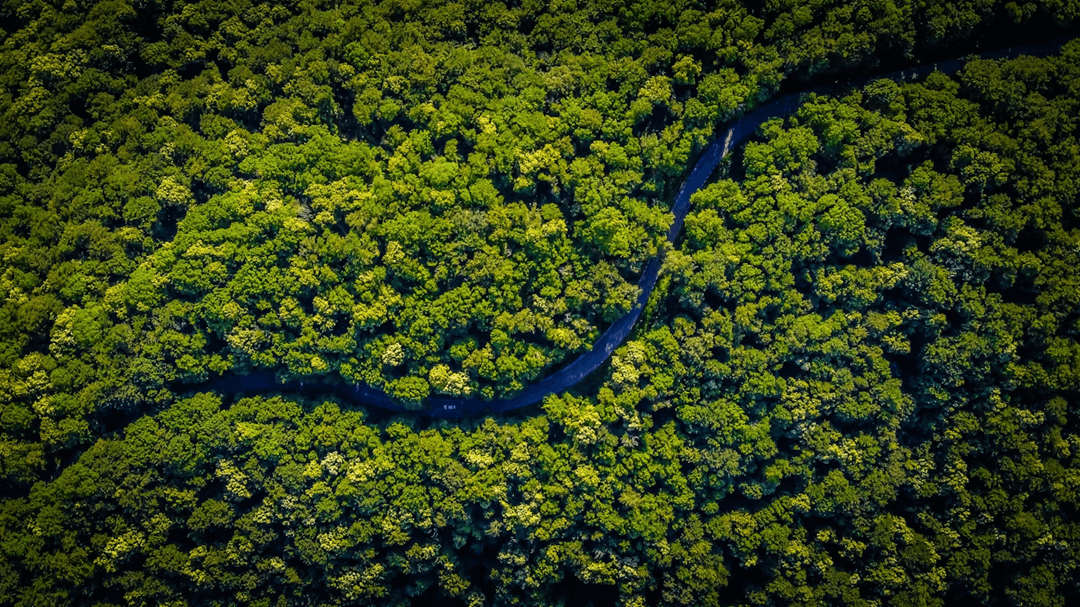Image: A stunning example of a classical oil painting depicting a detailed bird portrait.
Introduction
Classical oil painting has long been revered for its ability to capture the essence of nature with unparalleled depth and realism. Among its many subjects, birds have been a favorite of artists for centuries. Their vibrant plumage, delicate features, and graceful movements make them ideal candidates for naturalist portraiture. In this blog post, we’ll explore the timeless art of creating lifelike bird portraits using classical oil painting techniques.
The Allure of Naturalist Bird Portraiture
Naturalist bird portraiture is more than just an artistic endeavor—it’s a celebration of the beauty and diversity of avian life. Artists who specialize in this genre strive to depict birds with scientific accuracy while infusing their work with a sense of wonder and admiration for the natural world. From the intricate patterns of feathers to the subtle play of light on their beaks and eyes, every detail is meticulously rendered to bring the subject to life.
Why Oil Painting?
Oil painting is uniquely suited for naturalist bird portraiture due to its versatility and richness. Here’s why:
- Depth and Texture: Oil paints allow for layering, creating a sense of depth and texture that mimics the natural world.
- Vibrancy of Colors: The slow drying time of oils enables artists to blend colors seamlessly, capturing the iridescence of feathers.
- Durability: Oil paintings stand the test of time, preserving the beauty of the artwork for generations.
Step-by-Step Guide to Creating a Bird Portrait in Oil
1. Research and Reference
Begin by studying your subject. Observe the bird’s anatomy, behavior, and habitat. Use high-quality photographs or sketches as references to ensure accuracy.
2. Sketch the Composition
Create a detailed pencil sketch on your canvas. Pay attention to proportions, posture, and the bird’s surroundings. This will serve as the foundation for your painting.
3. Block in the Colors
Start with an underpainting using thin layers of oil paint. Block in the basic shapes and colors, focusing on the bird’s overall form and the background.
4. Build Layers
Gradually add layers of paint, working from dark to light. Use fine brushes to capture the intricate details of the feathers, eyes, and beak. Don’t rush—this process requires patience and precision.
5. Add Highlights and Shadows
Enhance the three-dimensionality of your painting by adding highlights and shadows. Observe how light interacts with the bird’s feathers and replicate this effect on your canvas.
6. Final Touches
Refine the details, adjust the colors, and ensure that the background complements the bird without overpowering it. Step back occasionally to assess your work from a distance.
Tips for Aspiring Bird Portrait Artists
- Practice Observation: Spend time observing birds in their natural habitat. Notice their movements, colors, and unique characteristics.
- Invest in Quality Materials: High-quality brushes, paints, and canvases can make a significant difference in the final outcome.
- Study the Masters: Learn from the works of renowned naturalist artists like John James Audubon and Lars Jonsson.
Conclusion
Classical oil painting offers a timeless medium for capturing the beauty of birds in their natural splendor. Whether you’re an experienced artist or a beginner, the art of naturalist bird portraiture is a rewarding journey that deepens your connection to nature and hones your artistic skills. So, pick up your brushes, immerse yourself in the world of avian wonders, and let your creativity take flight!

